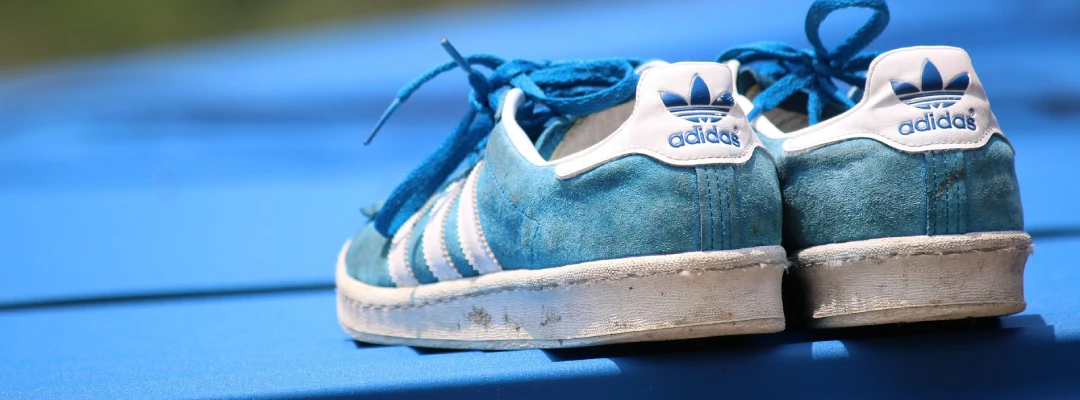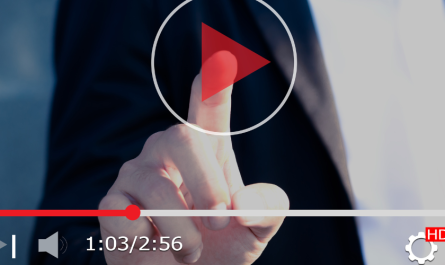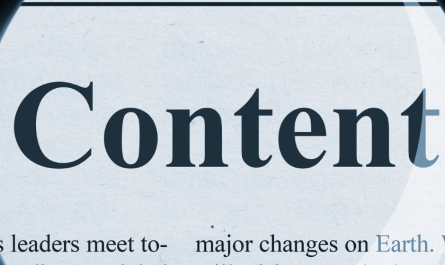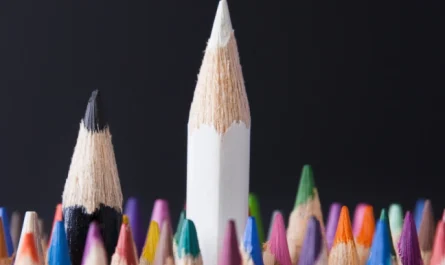Introduction
Adidas has once again captured the attention of fashion and tech enthusiasts with its AI-generated speculative ad, “Floral.” Directed by Blair Vermette, this innovative advertisement showcases a floral-themed collection through a visually stunning, AI-crafted video. Leveraging advanced AI tools such as RunwayML, Midjourney, Adobe Creative Suite, and Topaz Upscaler, Vermette has demonstrated how artificial intelligence is reshaping the advertising landscape. But is AI the future of advertising, or does it still lack the emotional depth required for compelling storytelling?
Why is this important?
The advertising industry is evolving rapidly, with AI increasingly being used to generate high-quality visuals, automate creative processes, and optimize marketing strategies. Adidas’ “Floral” ad is a testament to how brands can leverage AI to produce eye-catching campaigns efficiently. However, as AI-generated content becomes more prevalent, there is growing debate over whether it can truly replace human creativity, emotional storytelling, and brand authenticity.
The Making of “Floral”: AI Takes Center Stage
Vermette’s AI-generated ad features models dancing in vibrant floral-printed outfits against a backdrop of iconic Japanese locations, such as an onsen, a train station, a temple, and sakura-filled parks. Set to Megan Thee Stallion’s hit song Mamushi, the video captures the essence of energy and style that Adidas is known for.
The tools used in the creation of “Floral” include:
- RunwayML: AI-powered video editing and effects.
- Midjourney: AI-generated imagery and design.
- Adobe Creative Suite: Traditional post-production enhancements.
- Topaz Upscaler: Image enhancement for higher visual quality.
Despite Adidas not officially endorsing the ad, it has sparked conversations about the role of AI in modern advertising and whether AI-generated campaigns can become the industry standard.
Industry Reactions: Praise and Skepticism
Positive Reception
Many creative professionals have applauded the ad’s aesthetics and innovative use of AI:
- Robert Gaxiola (Managing Partner, Playbook XP): “I hate it because I’m incredibly jealous. This AI film looks fantastic, imaginative, and super entertaining.”
- Adrian Yeap (Founder, Sweatshop): “The sharp editing, consistent imagery, and choice of music make this ad stand out.”
Criticism and Concerns
However, not everyone is convinced that AI can replace human creativity:
- Rudi Leung (Founder, Hungry Digital): “While visually stunning, it lacks the emotional depth and human connection that real storytelling requires.”
- Lara Hussein (CEO, M&C Saatchi Kuala Lumpur): “AI can create magic, but human creativity is still essential for crafting compelling narratives.”
A major concern is the risk of uniformity—if AI-generated ads become too common, they might start looking repetitive, diluting brand differentiation.
The Future of Advertising: AI vs. Human Creativity
AI’s role in advertising is undeniable, but its limitations highlight the importance of human expertise. Experts believe:
- AI can enhance and speed up the creative process but cannot replace the emotional and strategic depth humans bring.
- The roles of photographers, videographers, and editors must evolve to integrate AI tools rather than fear them.
- AI-generated visuals may be eye-catching, but human storytelling, music selection, and emotional cues remain irreplaceable.
Conclusion
Adidas’ “Floral” campaign is a striking example of AI’s potential in advertising. While it showcases the impressive capabilities of AI, it also sparks debate on whether AI-generated ads can truly resonate on an emotional level. The future of advertising will likely be a hybrid approach—combining AI’s efficiency with human creativity to produce compelling, emotionally engaging campaigns.
Does this interest you? Connect with us to see how we can help you leverage AI in your marketing strategies!
FAQs
- What is the Adidas “Floral” campaign?
It’s an AI-generated speculative ad by director Blair Vermette, showcasing a floral-themed Adidas collection. - Did Adidas officially create the ad?
No, Adidas did not confirm involvement in its production. - What AI tools were used to create the ad?
RunwayML, Midjourney, Adobe Creative Suite, and Topaz Upscaler. - Why is AI-generated advertising significant?
AI can create high-quality visuals quickly, reducing production time and costs. - What are the concerns about AI in advertising?
Lack of emotional depth, overuse leading to visual uniformity, and reduced human involvement. - How are professionals reacting to AI in advertising?
Some praise its efficiency, while others argue that human storytelling is irreplaceable. - Can AI replace human creativity in advertising?
Not entirely—AI can assist but lacks the emotional intelligence of human creatives. - Will AI-generated ads become mainstream?
Likely, but brands will need to ensure differentiation and emotional connection. - How can brands integrate AI into their campaigns?
By using AI for efficiency while ensuring human involvement in storytelling and strategy. - What’s the future of AI in advertising?
A hybrid approach combining AI-generated visuals with human creativity will likely dominate.





